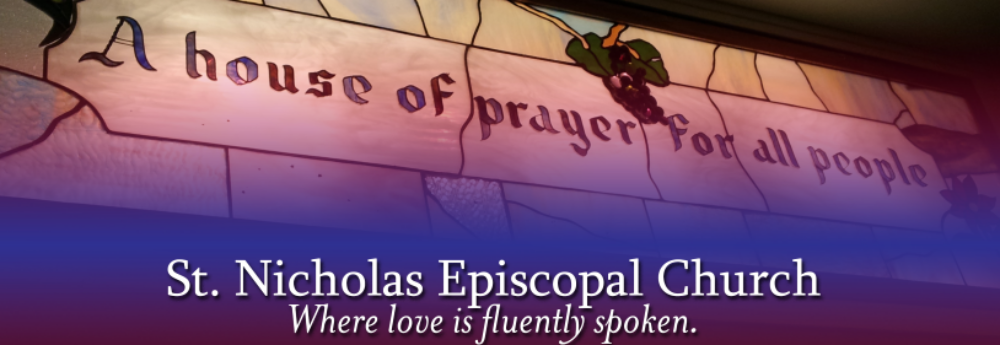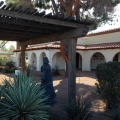
Traffic cones and a line of construction paint make a happy face.
Gen Y doesn’t want their parents’ homes…do they want their great-grandparents’ churches?
No McMansions for Millennials
From the Wall Street Journal Blog
Here’s what Generation Y doesn’t want: formal living rooms, soaker bathtubs, dependence on a car.
In other words, they don’t want their parents’ homes.
Much of this week’s National Association of Home Builders conference has dwelled on the housing needs of an aging baby boomer population. But their children actually represent an even larger demographic. An estimated 80 million people comprise the category known as “Gen Y,” youth born roughly between 1980 and the early 2000s. The boomers, meanwhile, boast 76 million.
Gen Y housing preferences are the subject of at least two panels at this week’s convention. A key finding: They want to walk everywhere. Surveys show that 13% carpool to work, while 7% walk, said Melina Duggal, a principal with Orlando-based real estate adviser RCLCO. A whopping 88% want to be in an urban setting, but since cities themselves can be so expensive, places with shopping, dining and transit such as Bethesda and Arlington in the Washington suburbs will do just fine.
“One-third are willing to pay for the ability to walk,” Ms. Duggal said. “They don’t want to be in a cookie-cutter type of development. …The suburbs will need to evolve to be attractive to Gen Y.”
Outdoor space is important—but please, just a place to put the grill and have some friends over. Lawn-mowing not desired. Amenities such as fitness centers, game rooms and party rooms are important (“Is the room big enough to host a baby shower?” a millennial might think). “Outdoor fire pits,” suggested Tony Weremeichik of Canin Associates, an architecture firm in Orlando. “Consider designing outdoor spaces as if they were living rooms.”
Interesting, but the Wall Street Journal article Episcopal Cafe is quoting doesn’t really mention what Gen Y-ers want from their spiritual homes. To get that, you have to check the Pew Research Center’s topic on Religion.
A commenter farther down in the EC post makes an interesting point that we actually address every Sunday at St Nicholas: exterior and interior design, and the use of space in both contexts.
I don’t want my great-grandparents’ churches if they’re 1/4 full. An empty liturgical space looks sad and discourages me from attending again (a church that seats 500 but the congregation meets in the choir). I think the 1979 BCP also asks some questions about space and what is important about architecture and the what we do in liturgy, not just what we say. I don’t think there’s one right way of doing it, but I definitely like spaces where I can see other people and be reminded that we’re a community not riding a bus together.

There, that’s about as untraditional as you can get and still be indoors. The rocks were part of an illustrated point Fr. Steve made in a sermon a couple of years ago at Eastertime – probably something to do based on St Peter (the Rock on which the historic Christian church was built). These particular rocks were originally part of the base of the Holy Innocents altar, which was moved and re-installed out in front of St Nicholas.
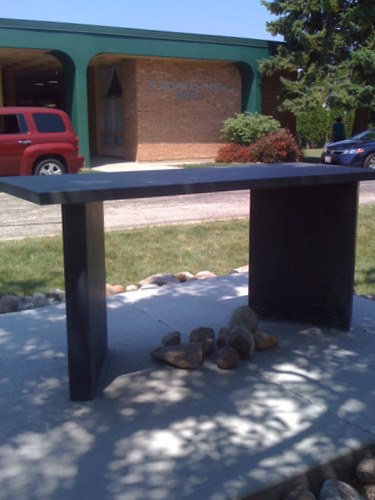
The rocks were then arranged around the perimeter and “set” in a combination of crushed stone and gravel, while the two slabs of the altar (long story, the original was too low so a second slab was laid on top) formed the top and the angled supports.
St Nicholas is larger, physically, than it used to be. And our church family is more diverse and vibrant, too – and embraces many groups of people who would normally never set foot in a church of any kind. We used to have to make do with one smallish class room, the sanctuary, and used a repurposed kitchen space for the office. We couldn’t schedule more than one type of meeting or event at a time, and as AA/GA groups had most of the afternoon and evening hours, it was not usually possible to have a midweek service unless it was during Holy Week or Christmas.
We now have a big new meeting space called Holy Innocents Hall, with several rooms around it that act as offices, classrooms, and storage space. It’s used for coffee hour and potlucks after the Saturday and Sunday services, but in the summer months, as the new half of the building has been blessed with air conditioning, we sometimes have church in there.

The picture on the left hand depicts Mary and Joseph fleeing into Egypt with the Christ Child to escape Herod’s wrath, and it used to hang at Holy Innocents. The doors lead to a nice patio, with a grill set up and ready for cookouts… in the SUMMER, anyway.
And yes, that’s a music stand in the lower right hand corner. We move that around to suit us, too.
There’s also a compact but extremely workable kitchen that’s much better equipped than the former kitchen, which occupied a space the size of a walk-in closet. We recently began hosting a Bulgarian school group on Saturdays, and we can now schedule more than one thing at a time in the evenings. Along with the activity at the former rectory, which is now the food pantry, some Wednesday nights have 3 separate groups using the facility; a 12-step group, our pantry patrons, and choir practice.
Previously, an interior wall had been removed to make the sanctuary open plan, and the old pews were removed to make the space more flexible.
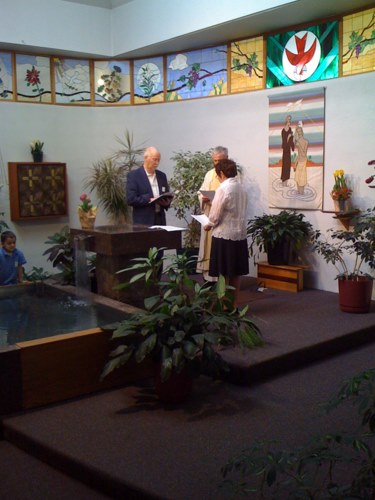
The font is a focal point (also, it’s fun to splash).
Perhaps more controversially, the stone altar was turned into a baptismal font with a flowing fountain, but this is balanced by the fact that we now have the outdoor altar as an outward and visible sign of who we are – people who welcome all to the Table. And the font is large enough for several adults to stand in – because we welcome all to the Water of Life.
And having a movable altar allows us to approach it from different directions, and with different intentions, as the liturgical year progresses. Our altar has many moods.
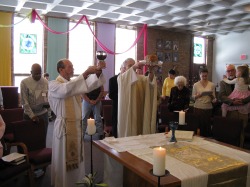
Sometimes it’s in the center, sometimes it’s off to one side or the other. It can be colorful and joyous (and surrounded by rocks) after Easter, or somber and solemn during Lent. During the “normal” time of the year after Easter, it turns green and stays that way until Advent, the four Sundays before Christmas and Epiphany. And then it starts over again…
This smaller photo shows Father Paul Brouillet and Father Steve Martz celebrating the Eucharist together, again at Easter but a different year, so the altar is set up and positioned differently. We’re all crowding around it, and based on the size of that chalice Father Paul is elevating, there are a lot of us. Father Steve is elevating a big loaf of homemade bread. The white and gold on the altar are symbolic of royal triumph, purity, and victory over death.
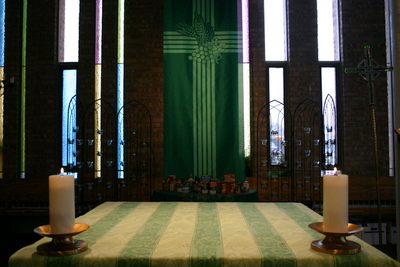
Green is for ordinary time, a time for growth and rebirth. Those candle-stands behind the banner? Yep, movable.
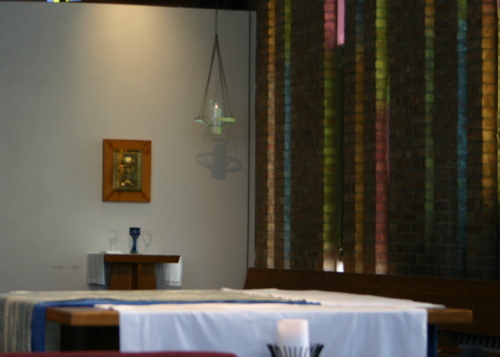
Advent is usually purple, but sometimes blue or pink – the altar in 2006 was blue for Bishop Scantlebury’s visitation for the Feast of St Nicholas, our patron saint. Most of the action was over by the font – there were baptisms and reconfirmations and receptions of adult confirmands (converts) into the Episcopal Church. But the Advent altar waited quietly and serenely for the Christ Child to manifest, as happens every year.
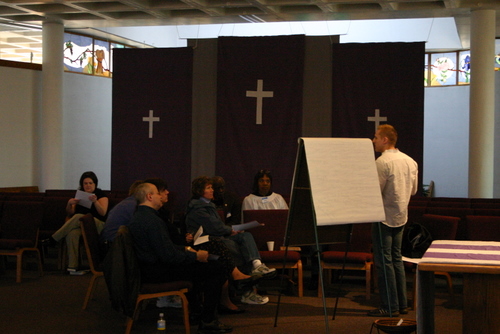
Purple is for mourning, and the banners between us and the font remind us that we are cut off from what we long for during that long, penitential 40 days. It’s often a time for small discussion groups, too – here Ethan Jewett conducts one (he’s now on assignment at another parish working toward his ordination as a deacon and then eventually as a priest). The altar, at one side, is central, and sombre. The chairs face each other in unequivocal rows; we face each other and our problems and shortcomings.

Unusual placement of the "reredos" - in front of the choir stalls
Yet we can “do traditional church,” too. Our music is getting a reputation for high quality and variety, and even our modern space can look quite “churchy” when it’s dressed up a bit for some of the bigger feasts and observances in the Christian year.
Here, it’s a view over the altar and the “choir stall” (also movable) toward a beautifully lit baptistery (area around the font). The big candlesticks normally are in storage but come out at certain times… such as at funerals but also during the Easter Vigil and Advent. The “reredos” table usually is behind the altar, depending on its orientation, and usually holds items for the Eucharist (communion), candles, flowers, and sometimes presentations and gifts. This is the only time I can remember the altar was oriented to “back up” to the choir, but you can see how the chalice and the paten (plate) are arranged with the cover. It all gets moved to the altar for the “main event.” And… hey, look, it’s Happy Church again.
But enough about the building and the arrangements.
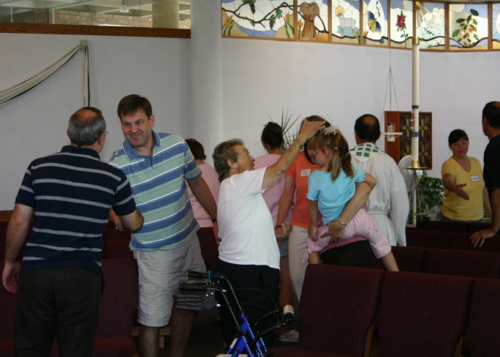
It’s the people. St Nicholas is the people. We are old, and young, and gay, and straight, and white, and black. We like to get together; the “peace” after the end of the prayers and before the Eucharist goes on for several minutes while we greet everybody, hug, talk, and get settled for the Sacrament of the Announcements before continuing with the Eucharist.
That’s Carmen in the center, a beloved and much-missed parishioner who has gone to glory, adjusting the hair of a very young parishioner. Carmen was famous for her outspoken joie de vivre, and her wildy colorful socks. She loved the young people and children at St Nicholas, and they loved her (and her funny socks). It was a joy to encounter her again just now when her picture demanded to be put to good purpose and to help someone get over the obstacles between them and God. That’s so Carmen.
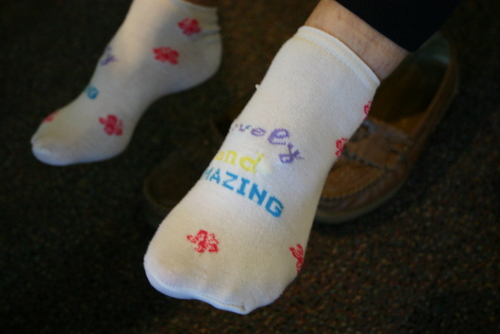
We’re not your parents’ church, nor your great-grandparents’ church – but we could be YOUR church.
via The Lead.
